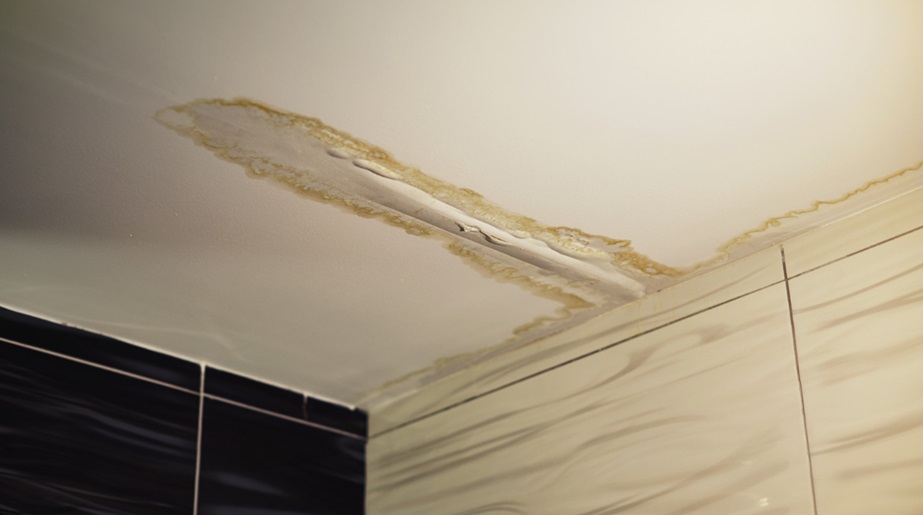Roof leaks are one of the most frustrating issues homeowners face, often leading to damage that can affect the house’s structural integrity. A leaking roof may result from various factors, some of which can be easily overlooked. To address these concerns effectively, it’s essential to consult a roofing contractor in Atlanta for timely repairs and guidance on maintenance. Roof leaks are often symptoms of larger problems, and getting expert help is crucial for long-term roof health.
Damaged Shingles or Tiles
One of the most common causes of roof leaks is damaged or missing shingles. Shingles protect the roof from harsh weather conditions like heavy rain or snow. Over time, shingles can crack, curl, or break due to exposure to extreme temperatures or constant wear and tear. When shingles become damaged, they allow water to seep into the underlying layers of the roof, which can lead to leaks. Regular roof inspections and maintenance can prevent small issues from becoming bigger problems.
Poorly Installed Flashing
Flashing is critical to any roof, particularly around chimneys, skylights, and vents. It seals the gaps between the roof and other structures, preventing water from entering. When flashing is improperly installed or damaged, water can easily penetrate these areas, causing leaks. This is a common issue, especially in homes where the roof has been repaired or replaced without attention to detail. Proper flashing installation prevents water damage and ensures long-lasting roof integrity.
Clogged Gutters
Gutters play an important role in directing rainwater away from the roof and foundation of your home. Water can back up and pool on the roof when it becomes clogged with leaves, debris, or dirt. Over time, this can lead to leaks, especially if the water finds its way under shingles or through cracks in the roof. Regular gutter cleaning is essential for preventing leaks caused by water buildup. Discover more about managing gutter issues and fixing minor roof problems by checking out this article.
Cracked or Worn Seals Around Roof Penetrations
Roof penetrations, such as vent pipes, chimneys, or skylights, are necessary for any roofing system. However, these areas are vulnerable to leaks if the seals around them wear out or crack over time. The sealant around these structures can deteriorate due to weather conditions, leaving gaps where water can infiltrate. Checking these seals regularly and resealing them when necessary can help prevent roof leaks.
Ice Dams
In colder climates, ice dams can form on the edges of roofs during the winter. Ice dams occur when heat from the attic melts snow on the roof, causing the water to run down and refreeze at the roof’s edge. This ice buildup can prevent proper drainage, causing water to pool on the roof. When the water has nowhere to go, it can seep under shingles, leading to leaks. Insulating the attic properly and ensuring good ventilation can help prevent ice dams from forming.
Age of the Roof
No roof lasts forever, and age is a significant factor in roof leaks. As roofing materials age, they lose their ability to repel water effectively. Even if a roof appears intact, it may be more susceptible to leaks simply because the materials have degraded over time. Most roofs have a lifespan of 20 to 30 years, depending on the materials used and the local climate. If a roof is nearing the end of its expected lifespan, it’s wise to consider a replacement to avoid future leaks.
Conclusion
Roof leaks can be caused by various factors, from damaged shingles to clogged gutters and poorly installed flashing. Regular maintenance and timely inspections are key to preventing leaks before they cause more significant damage. Whether it’s the result of natural wear and tear or an overlooked issue like a cracked seal, addressing roof leaks promptly can save homeowners a lot of trouble and expense. If a leak is suspected, consulting a professional can ensure the problem is handled effectively and prevent future damage.
Frequently Asked Questions
1. How can I prevent roof leaks?
Regular inspections, cleaning gutters, and maintaining roof seals can help prevent leaks. It’s also crucial to replace damaged shingles and check for signs of wear around roof penetrations.
2. How often should I inspect my roof?
It’s recommended to inspect your roof at least twice a year, preferably in the spring and fall. Additionally, check your roof after severe weather events to catch any damage early.
3. Can small roof leaks lead to bigger issues?
Yes, even small roof leaks can lead to significant damage over time, including mold growth, structural damage, and insulation deterioration.


Comments are closed.